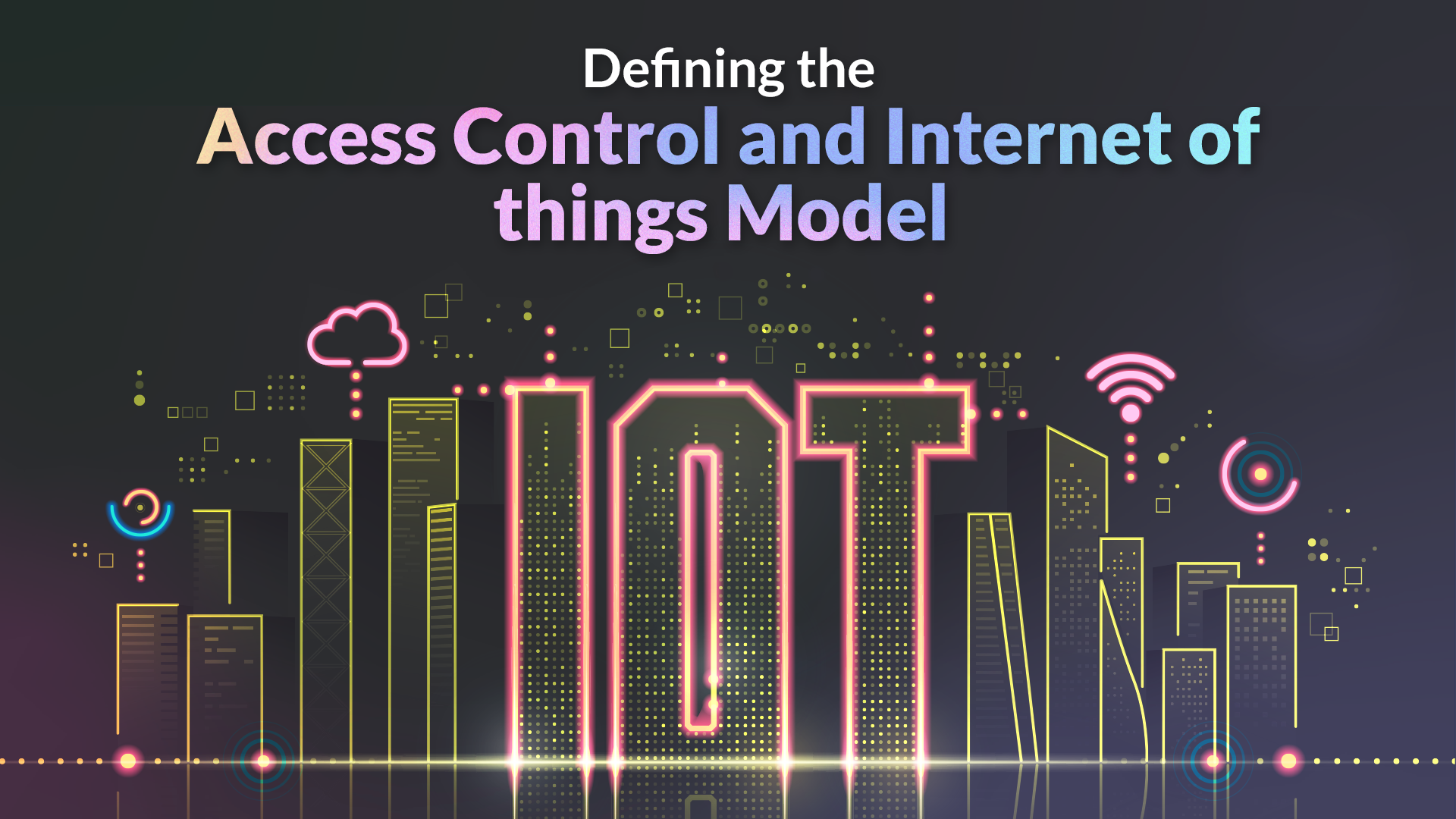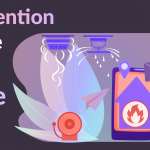The redefinition of technology is growing fast with the onset of the internet of things model in the world. With the mere human presence, everything is connected by applying the internet of things. A person with a heart monitor implant or a farm animal with a biochip transponder is a few examples of IoT around us.
Organizations across various industries are increasingly turning to IoT to improve operational efficiency and boost company value. This blog will look at how the internet of things can access the control industry and help operate the business with maximum efficiency.
What is the internet of things?

In simple words, the internet of things is the collection of physical objects embedded with sensors, software, and other technologies to provide a highly connected environment. Connecting objects and the internet help exchange information and data with different devices. These devices range from ordinary household appliances to high-end industrial tools.
Over the last few years, IoT has seen many interruptions and finally grown as one of the most critical technologies in the 21st century. By using low-cost computing, the connection of sensors, analytics, big data, and internet access, physical devices can communicate with minimal human interaction. While the idea of IoT is still upgrading slowly, recent advances have made the application of access control practical.
Problems Faced by the Internet of Things Model
IoT is a big name for controlling everything remotely with mere human interaction. The internet is a big name for controlling everything remotely. Slowly, we can see the advancement in technologies with the interruption of the 5G network. Many organizations have also contributed to bringing connectivity to its top edge by introducing satellite, cellular connectivity, and top-notch protocols.
Secondly, the significant difficulty remains in mapping real-world devices’ properties to the supporting web interface. For small devices and sensors, this is a minimal task, as we know the operational work and functionality of the device.
For example, for a temperature sensor, the hardware properties that an end-user might require can be temperature reading. Hence, modeling such a device is very easy. However, as the complexity of these devices grows, this simple task of modeling becomes complicated.
Industrial Example of application of IoT
Companies are capitalizing on the significant business value that IoT may offer as it gets more widely acceptable in the marketplace. These advantages include:
- Using data-driven insights from IoT data to improve business management
- Increasing the efficiency and productivity of company operations
- Developing new revenue streams and business models
- Connecting the real and digital worlds simply and seamlessly to accelerate time to value
Let’s extend an example of a temperature sensor to a hypothetical temperature sensor with few configurable registers such as temperature format, precession, sample rate, and ten user data registers. It also features geo-location information configurable from a mobile device. Finally, it includes four configurable outputs, which can be set to activate when the temperature crosses a threshold (4 output trigger threshold register). With only these many parameters, there are around 20-25 parameters that require regular control and monitoring from any IoT web interface.
This is still not so big as our device with these many parameters. However, suppose where a device features ten temperature sensors to measure temperature in space. Now our parameters are going to touch around 500. Imagine defining 500 parameters for a device, and each time you go to control a parameter, you have to search for 500 items.
How Axess.ai helps solve such problems

This modeling problem exists a long way back since the inception of the access control modulation. However, recognition of such complex internet of things model devices was done early by axess.ai and a well-known modular approach. Hence, we create modules for each logical group instead of defining the parameters in a single device model file. Furthermore, this grouping can be done according to the different types of parameters. E.g., For temperature sensor-based devices, we can group these parameters as Sensors, Outputs, actuators or settings, controls, and actuators.
Thus, these groupings shall become modules now. Different devices can reuse the modules if they have common parameters/ ICs etc. Thus, the modeling of devices/things becomes somewhat uncomplicated and manageable. Another advantage of this approach is the accessibility of these parameters by the end-user. With this approach, end users can easily access the required parameter based on the logical groups.
Final Word
In almost every access control industry, there are multiple complex devices where a better approach is necessary. Axess.ai understands it and provides device modules with multiple configurable outputs. You can connect different devices with the same module and operate them according to your requirements and functionality. Such access control and modulation provide better results for the users in the future.
With the internet of things becoming popular amongst businesses, access control is one part of the puzzle. Hopefully, it will become one of the major parts of the industrial internet of things soon.





